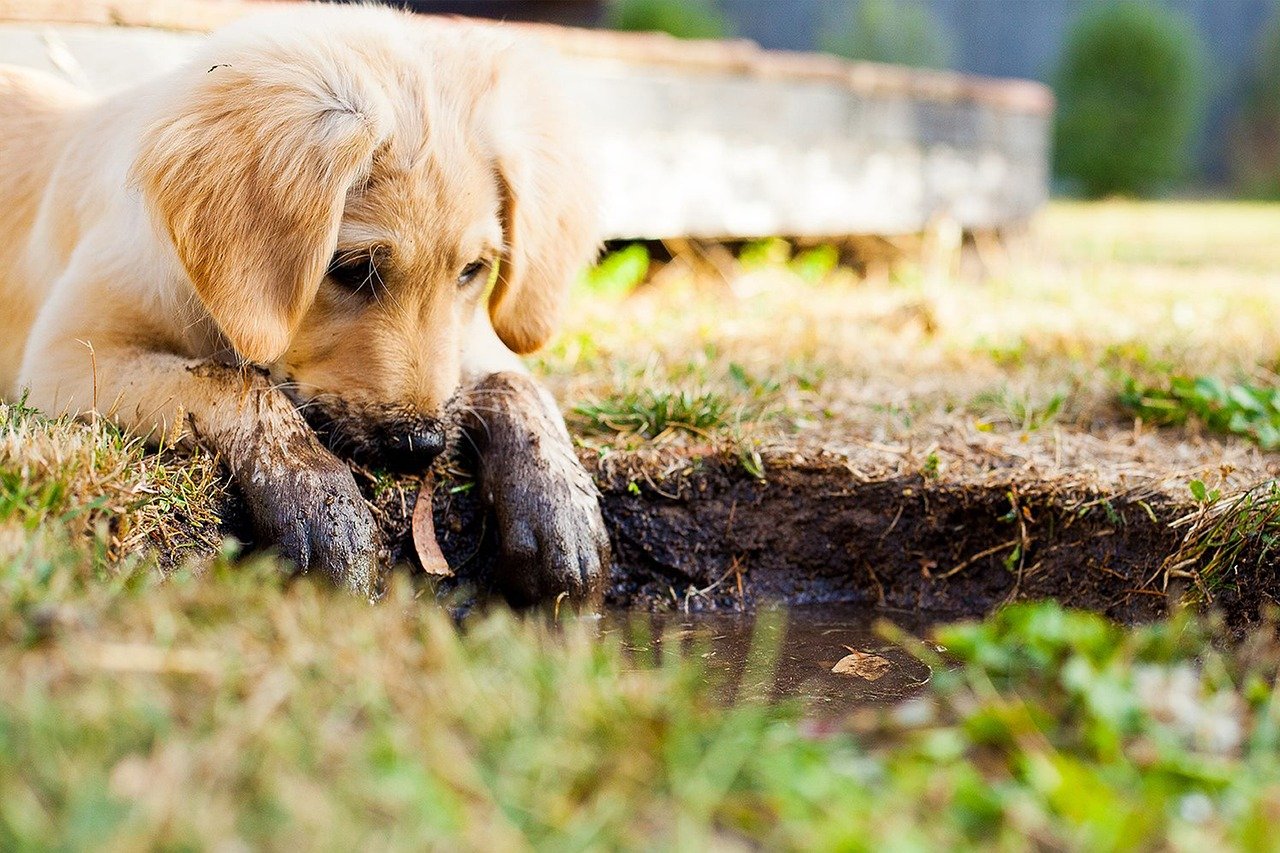Understanding how a dog’s habits evolve as they age is essential for any dog lover. Just like humans, dogs go through distinct life stages, each marked by unique behaviors and needs. Whether you have a bouncy puppy or a wise senior dog, knowing what to expect can help you provide the best care. Let’s take a journey through the life of a dog, from the energetic days of puppyhood to the serene senior years.
Puppyhood: The Age of Exploration
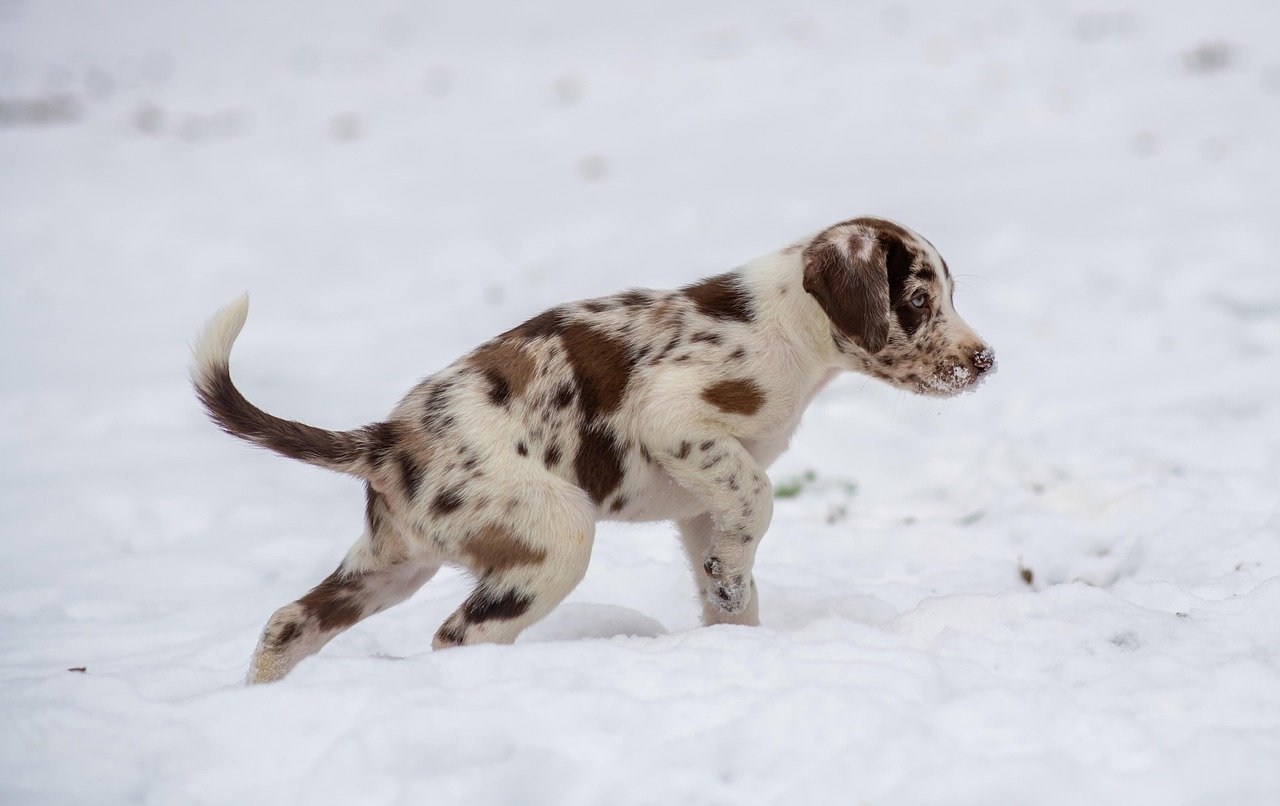
Puppyhood is a magical time filled with curiosity and boundless energy. Young puppies are like little explorers, eager to discover the world around them. They chew on everything they can find, not out of mischief, but to learn about their environment. It’s similar to a toddler putting objects in their mouth to understand them. This stage is crucial for socialization, as puppies are more open to new experiences and people. Training during this time is essential, as it sets the foundation for their behavior in later years. Patience and consistency are key; think of it like teaching a child how to ride a bike. The habits formed now will stick with them throughout their lives.
Adolescence: Testing Boundaries
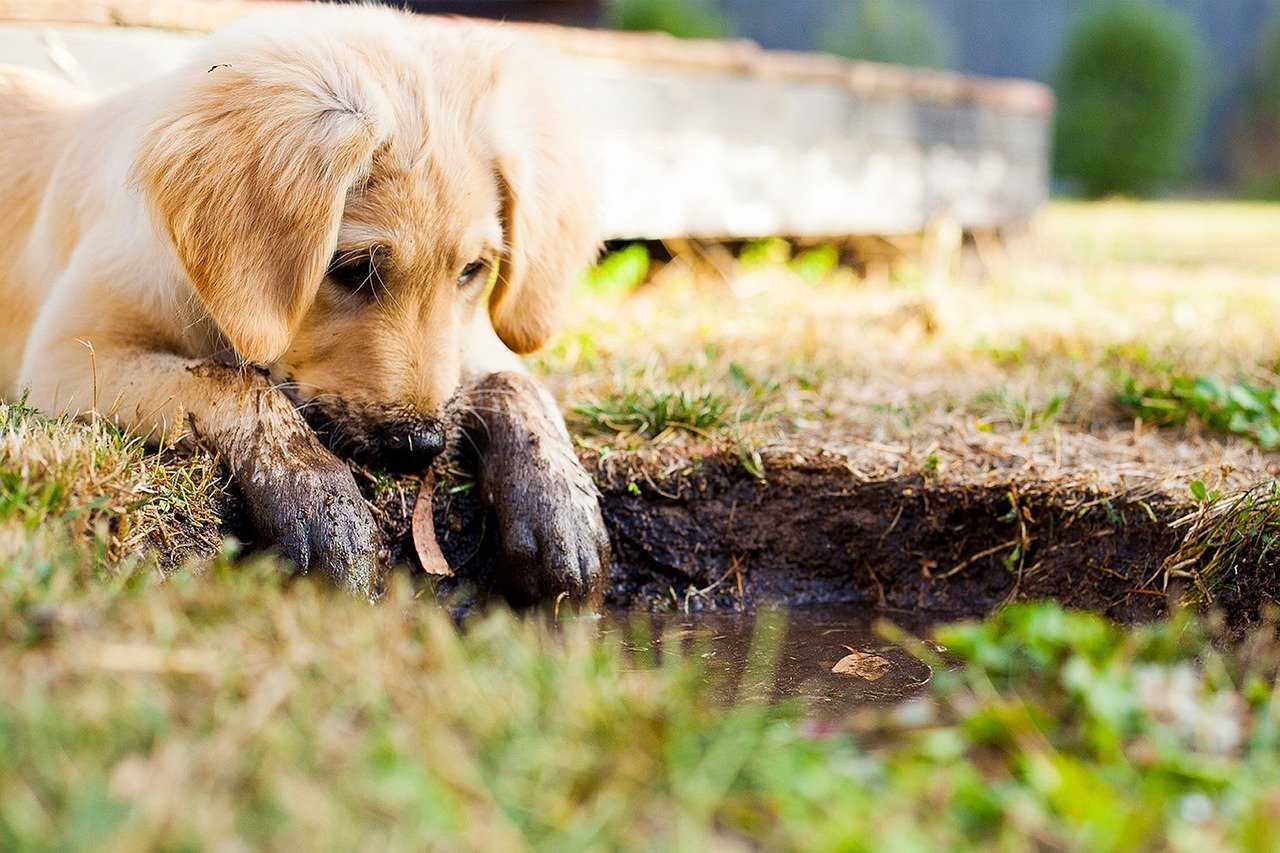
As puppies grow into adolescents, they begin to test limits, much like a teenager pushing boundaries. This stage can be challenging for pet owners, as dogs may exhibit stubborn or rebellious behavior. Training may need reinforcement, as their attention span can be as fleeting as a butterfly’s flight. Adolescents have heightened energy levels, requiring ample exercise to keep them satisfied and out of trouble. They might start to assert dominance, so maintaining a firm but loving leadership is crucial. This is also the time to reinforce good habits and curb any unwanted behaviors, ensuring they grow into well-mannered adult dogs.
Young Adulthood: Settling Into Routine
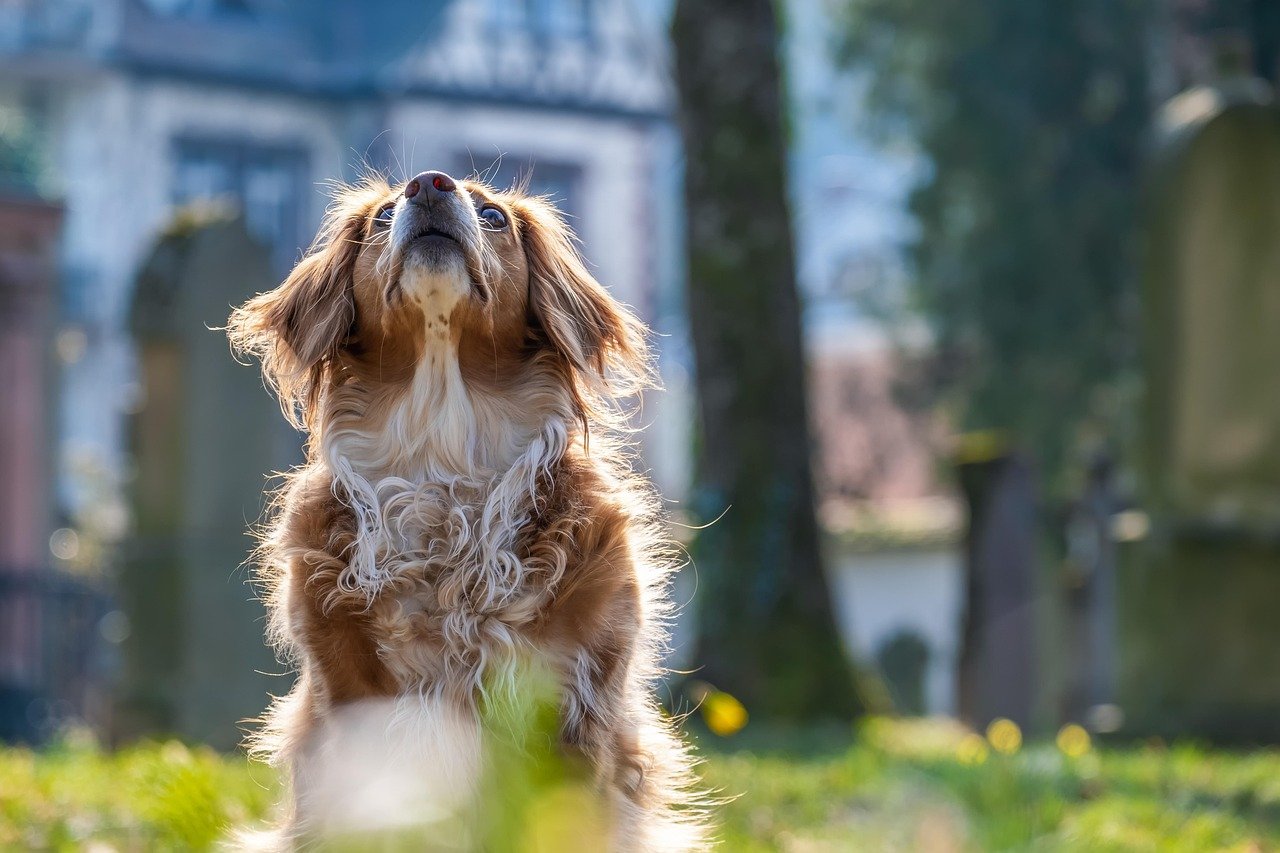
Young adulthood is a period of stability for dogs. They have usually outgrown their puppy antics and settled into a more predictable routine. Much like young adults in human life, they are full of vigor but have a clearer sense of their place in the world. This stage is ideal for reinforcing training and ensuring they continue to get adequate physical and mental stimulation. Regular exercise, perhaps a daily jog or playtime at the park, becomes a cornerstone of their day. Owners should continue to provide opportunities for social interaction, as this keeps their dog’s mind sharp and their social skills honed.
Maturity: The Prime of Life
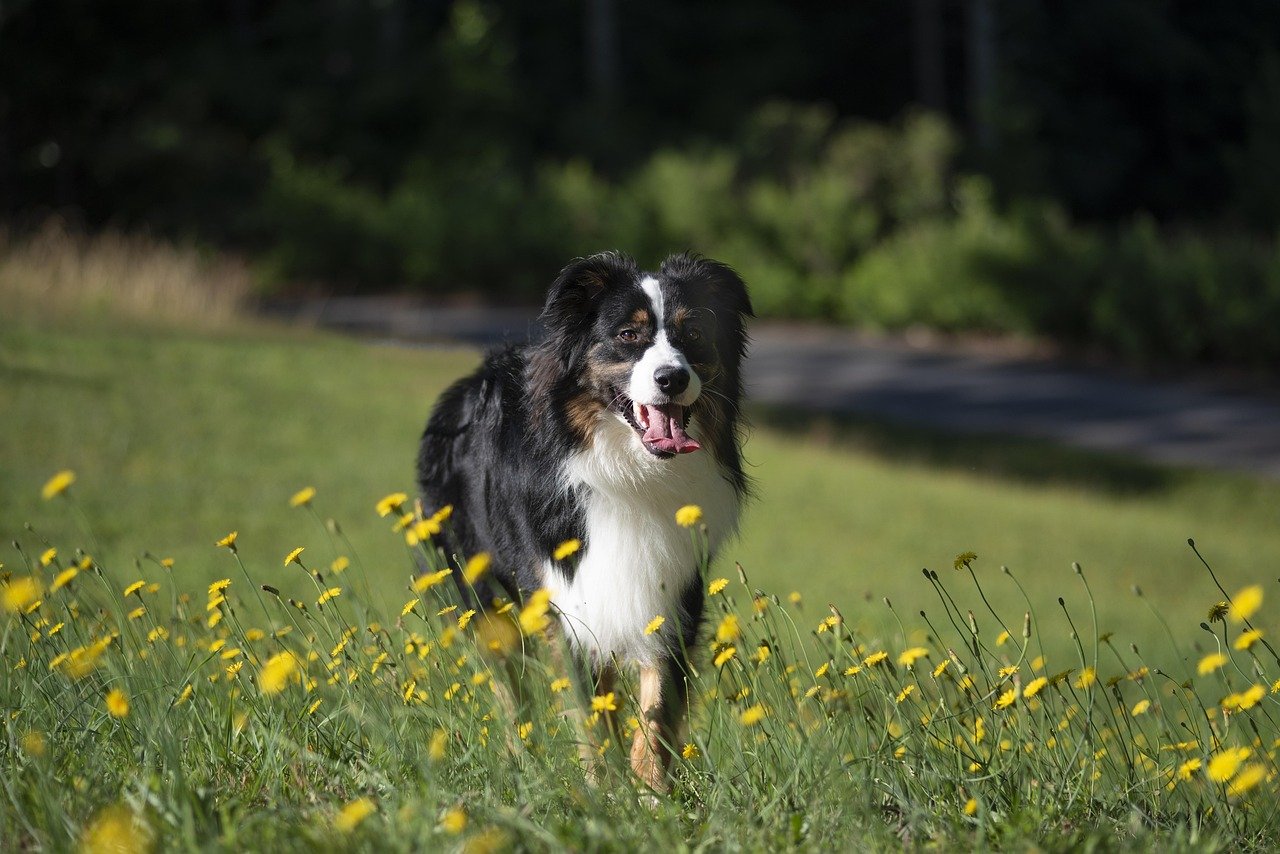
In the mature stage, dogs are in their prime. They are confident, composed, and often the perfect companions. Their habits become well-established, and they are less likely to engage in destructive behavior. This phase is like reaching the peak of a mountain, where the view is clear and rewarding. Dogs in this stage benefit from a balanced diet and regular vet check-ups to ensure they remain healthy. Even though they may not be as sprightly as they once were, they still need regular exercise to maintain their health. Mental stimulation, such as puzzle toys or advanced training, is also crucial to keep their minds active and engaged.
Middle Age: Slowing Down
As dogs enter middle age, they begin to slow down, much like a car easing off the accelerator. Their energy levels decrease, and they may prefer lounging in the sun to chasing a ball. Owners might notice their dog taking longer naps or becoming less enthusiastic about long walks. It’s important to adjust their diet and exercise routine to match their changing needs. Joint supplements and a comfortable bed can help ease any physical discomfort. Despite their slowing pace, middle-aged dogs still need love, attention, and engagement to keep them happy and healthy.
Senior Years: The Golden Time

Senior years are often referred to as the golden years, and rightly so. Senior dogs have a wealth of experience and wisdom, often becoming more affectionate and appreciative of their owners. They may develop new habits, like napping in the afternoon sun or enjoying a leisurely stroll. Like an elderly person cherishing moments of peace, senior dogs relish the simple joys of life. It’s important for owners to monitor their health closely, as they may face age-related issues such as arthritis or vision problems. Adjustments in diet, exercise, and regular veterinary visits are essential to ensure their comfort and wellbeing.
Adapting Your Care: Meeting Their Changing Needs
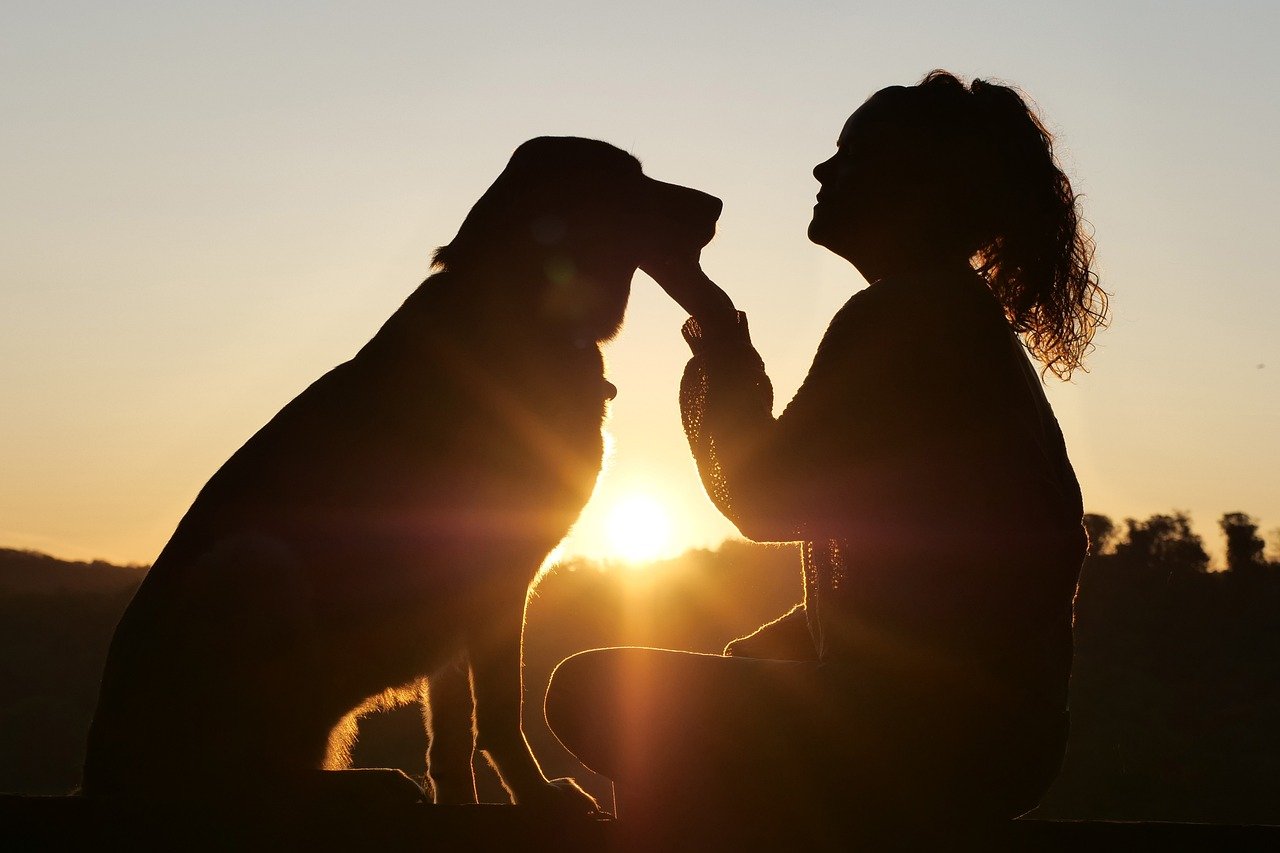
As your dog ages, adapting your care routine is vital. Just as you wouldn’t feed a toddler the same diet as a teenager, a dog’s nutritional needs change over time. Puppies require a diet rich in calories and nutrients to support growth, while seniors need food that supports joint health and is easy to digest. Exercise routines should also evolve, ensuring they match your dog’s energy levels and physical capabilities. Regular vet check-ups become increasingly important to catch any health issues early. Providing a comfortable living environment, with cozy bedding and accessible spaces, makes a world of difference for aging dogs.
The Heart of the Matter: Love Remains Constant
Throughout all these stages, one thing remains constant: the love between a dog and its owner. Dogs provide unwavering companionship and joy, regardless of their age. Whether your dog is a playful puppy or a gentle senior, the bond you share is unique and irreplaceable. This journey through life stages is not just about observing changes in habits but about cherishing every moment spent together. After all, the wag of a tail and the warmth of a snuggle are timeless expressions of love that never grow old.
As dogs age, their habits and behaviors naturally evolve, reflecting changes in energy levels, cognitive function, and physical abilities. Puppies are full of boundless energy, eager to explore and learn, while adult dogs settle into routines, becoming more predictable and emotionally stable. In their senior years, dogs may slow down, requiring extra care, patience, and adjustments to their lifestyle. Understanding these transitions allows owners to provide the best possible care at every stage of life, ensuring their furry companions remain happy, healthy, and well-loved from puppyhood to their golden years.

Linnea is a born and bred Swede but spends as much time as possible in Cape Town, South Africa. This is mainly due to Cape Town’s extraordinary scenery, wildlife, and atmosphere (in other words, because Cape Town is heaven on earth.) That being said, Sweden’s majestic forests forever hold a special place in her heart. Linnea spends as much time as she can close to the ocean collecting sea shells or in the park admiring puppies.

